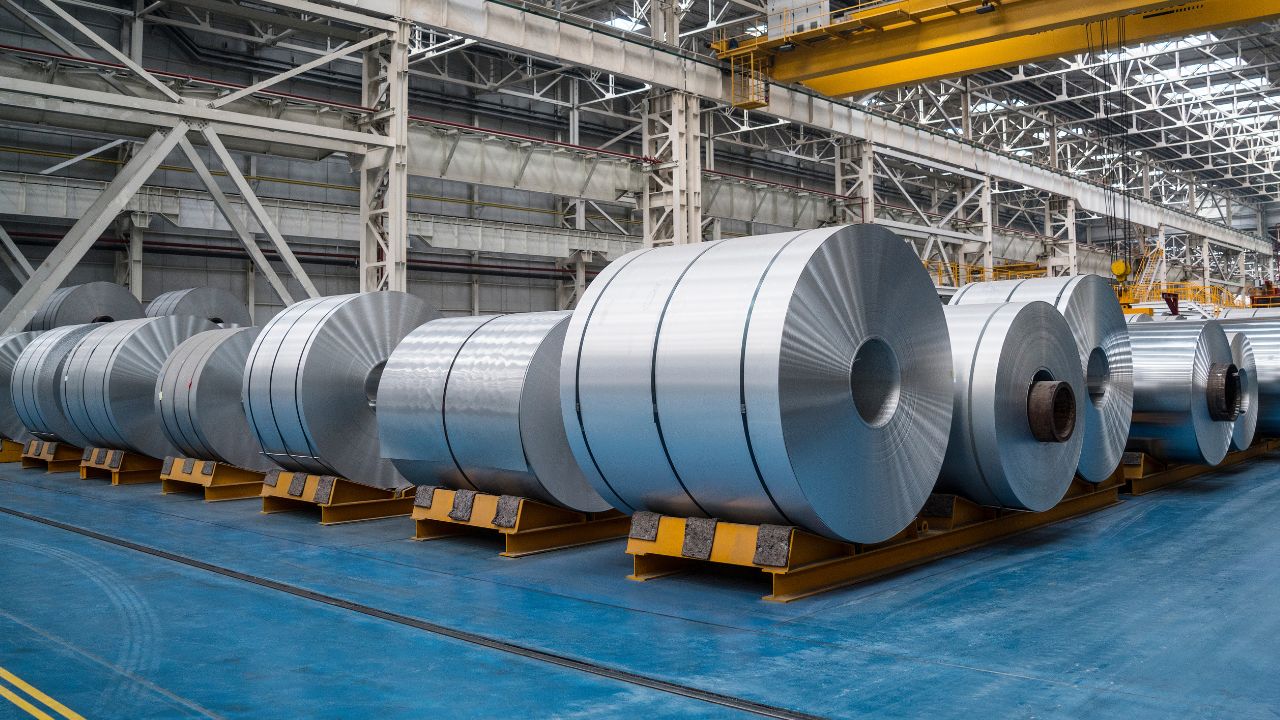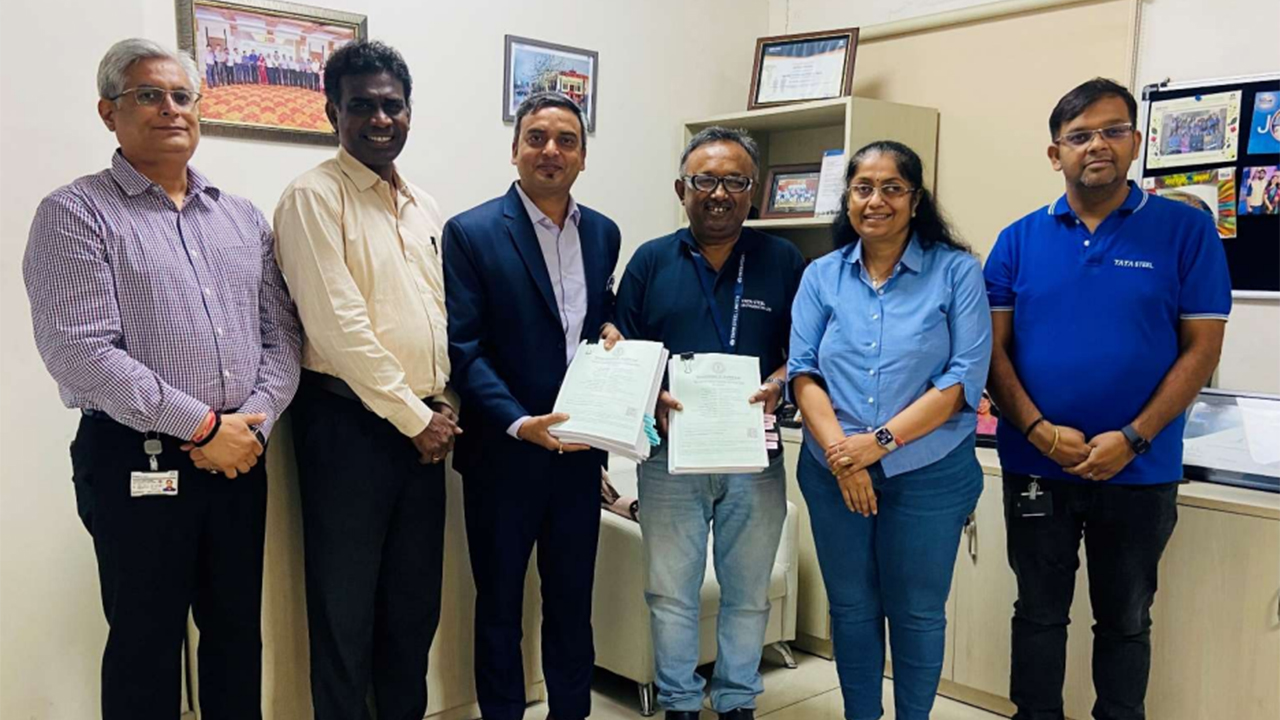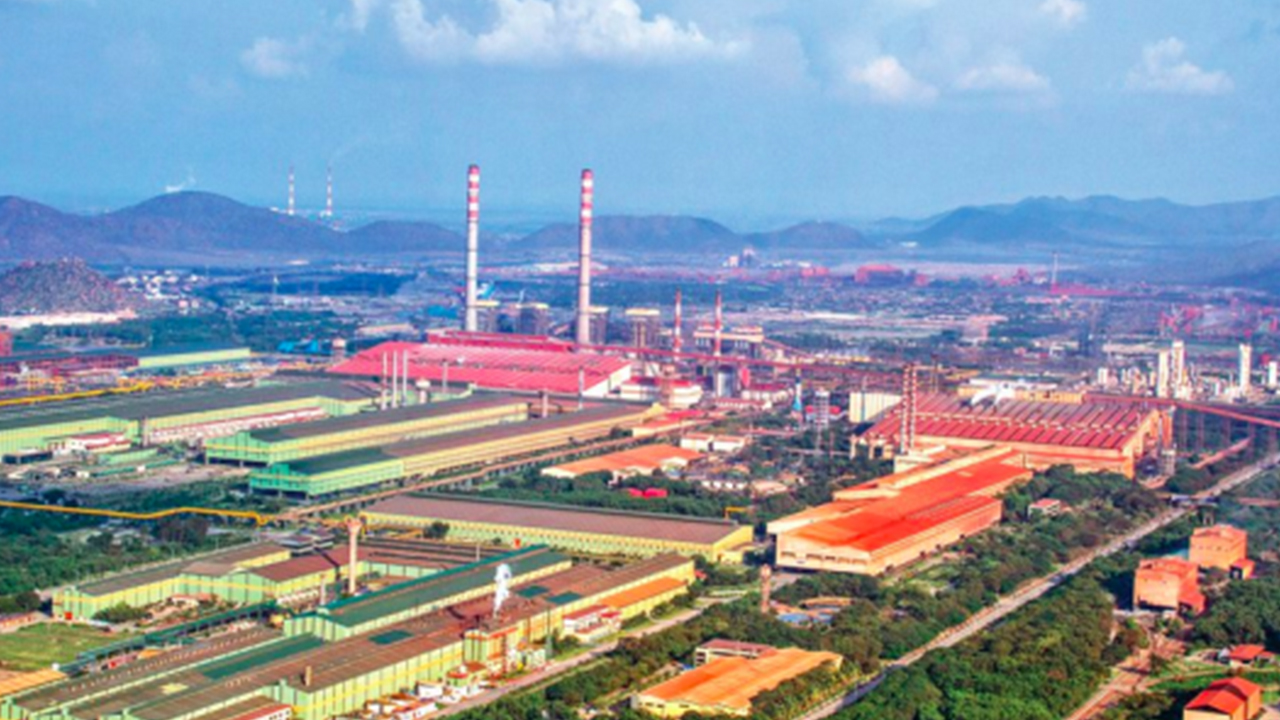India’s Aluminium Consumption to Grow by Nine Percent in FY2024: ICRA
#ICRA #AluminiumConsumption #AluminiumIndustry“The Central Government’s massive infrastructure development plans, growing urbanisation levels, Housing for All schemes along with railways investment in the metro rails network and aluminium-bodied Vande Bharat trains bode well for the domestic aluminium demand. In addition, the Government’s conducive policy is likely to support the rapid transition to new age technologies and clean energy, which remains the tailwind for spurring domestic aluminium demand.” - Jayanta Roy, SVP and Group Head, Corporate Sector Ratings, ICRA

September 2023 : In a recent note on the Indian primary aluminium industry, ICRA has estimated the domestic aluminium demand growth to remain healthy at ~9 percent in the next two fiscal years, given the Government’s thrust on infrastructure development. Domestic demand growth would sharply outpace the rate of global growth in aluminium demand. ICRA foresees a stable outlook for the domestic aluminium industry.
In the domestic market, a major portion of aluminium is consumed in the power transmission and distribution (T&D) sectors. ICRA notes that the Central Electricity Authority (CEA) has outlined a planned capacity expansion of 16,600 circuit kilometres (ckm) for the current financial year, which is an increase of over 13 percent compared to FY2023.
In addition, the Government of India’s (GoI’s) ambitious target to achieve 500 GW of renewable energy capacity by 2032 would entail significant capacity addition for the transmission lines in the coming decade, which augurs well for the domestic aluminium demand in the foreseeable future. Further, an improvement in the solar rooftop installation market, along with large capacity additions expected in the solar module manufacturing in India in the next 3-4 financial years, would also drive domestic aluminium demand as a part of the renewable energy transition drive.
Elaborating further on the domestic aluminium demand outlook, Jayanta Roy, Senior Vice President and Group Head, Corporate Sector Ratings, ICRA, said: “The Central Government’s massive infrastructure development plans, growing urbanisation levels, Housing for All schemes along with railways investment in the metro rails network and aluminium-bodied Vande Bharat trains bode well for the domestic aluminium demand. In addition, the Government’s conducive policy is likely to support the rapid transition to new age technologies and clean energy, which remains the tailwind for spurring domestic aluminium demand.”
The automotive sector also plays a pivotal role in the overall consumption of aluminium in India. After a stellar performance in FY2023, automotive demand is expected to remain steady in FY2024 and FY2025. In addition, the average quantity of aluminium used per vehicle in India remains significantly lower(~40-45kg) compared to the global average of ~160-200 kg. ICRA believes that focus on vehicular weight reduction to improve fuel efficiency would entail a higher per unit usage of aluminium, going forward. Further, a significant transition to electric vehicles in the coming decade would also aid domestic aluminium demand in the long term.
While domestic demand remains resilient, global aluminium consumption is likely to remain muted in the current calendar year. “A weak macroeconomic outlook is likely to curtail global aluminium demand in the near term. The global aluminium consumption is expected to grow by a feeble ~1 percent in CY2023. In addition, global metal supply shows signs of improvement, primarily in China, which is likely to result in a surplus metal balance in the current calendar year. Chinese consumption continues to www.icra.in face headwinds, primarily due to a weak demand in the building and construction segments. Consequently, aluminium prices are expected to remain under pressure in the near term at least, and any improvement would hinge on a stronger recovery in Chinese demand and improvement in global sentiments,” Mr Roy added.
NEWSLETTER
TRENDING ON PRO MFG
MORE FROM THE SECTION









